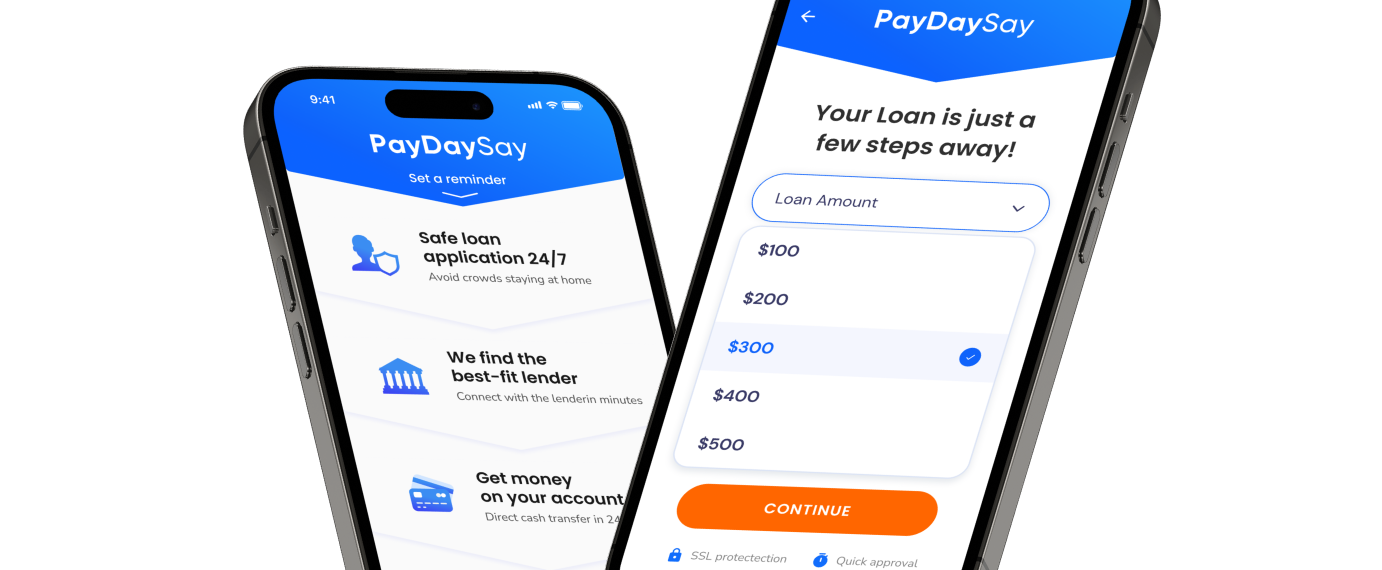Every time you take out a loan from a bank or other financial institution, you must pay a fee for using credit funds. This fee is the annual interest rate, but many companies also charge borrowers added fees.
All fees and the interest rates you pay to the bank are your APR on loan. How much should this rate be for you to consider the loan profitable? Let’s find the answer to this question together in this article.
What Is a Personal Loan APR?
Most loans in this world are personal loans because banks give them for private purposes, such as buying a car, paying for a wedding, or paying off debts. Personal loans also differ from other loans in that they have a fixed interest rate and equal monthly payments, the number of which is determined when the contract is signed.
The APR on a personal loan is the total amount you pay to use the loan proceeds. Most lenders charge borrowers origination fees of up to 10%, which are also added to the APR, so the interest rate on a loan can be 12%, and the APR is 14%.
Some banks have a policy of no fees and allow customers to get a loan in which the interest rate and APR are the same. However, it is imperative to consider the difference between these figures, as many financial institutions in their advertising indicate low-interest rates, which attracts customers, rather than a large APR.
In such a case, borrowers may miscalculate the monthly payment amount and have debts due to too much financial burden.
How Do Personal Loan APR Work?
The interest rate is always counted as a percentage, and this figure shows how much your loan will cost in the end. Often, prospective borrowers look only at the monthly payments or interest rates when choosing an offer from lenders, but there are better strategies than this.
To understand why it’s better to focus on APR, let’s imagine you need to borrow $10,000 for three years and choose the best option out of 3 offers:
| Lender 1 | Lender 2 | Lender 3 | |
| Interest Rate | 13% | 12% | 11% |
| Origination Fee | 8% | 5% | 5% |
| Application Fee | $0 | $25 | $50 |
| Monthly Payment | $408,3 | $392,36 | $350 |
| APR | 15,6% | 13,7% | 12,6% |
| Total Interest | $4,680 | $4,110 | $3,780 |
Although financial experts often say to avoid loans with high origination or application fees, we see that, in our case, option 3, with the highest fees, is the most profitable.
Personal Loan Rate vs. APR
Let’s understand the difference between these concepts. As we said before, the interest rate is a fee for using your credit. So, for example, it could be a fixed rate of 5% to 36%.
However, in addition to paying the interest rate, you must also pay origination, application, and other fees. These, too, affect your monthly payment and the total cost of your loan, so they are factored into the APR.
It turns out that APR = interest rate + any fees.
The APR will equal the interest rate if your lender does not charge additional fees.
What Is A Good APR For A Personal Loan?
Each loan’s interest rate is calculated individually and depends on your credit scores, such as your credit history, stable income, and employment. Therefore, the easiest way to tell if you have a good offer from a lender is if you know your credit score.
For example:
- Borrowers with excellent credit (740 points or higher) can expect an interest rate of up to 8%.
- Those with 670 to 739 points can get credit with an interest rate of about 14%.
- Lenders can offer an 18% interest rate loan to those with fair credit (580 to 669 points).
- Borrowers with a bad credit score below 579 will receive offers with an interest rate of about 30%.
If you can put off getting a loan for a few months and, in that time, pay off your debts and improve your credit rating, you can save significantly on interest.
What Is the Average APR on a Personal Loan?
As we said, the interest rates depend on the borrower’s credit score. Since most Americans have a good or fair credit score, the average APR on a two-year personal loan is currently about 12%, according to the data from the Federal Reserve.
It is also essential to understand that many states have a limit on the interest rate for personal loans – it cannot exceed 36%, regardless of the repayment period. At the same time, the minimum annual percentage rate for personal lenders is usually about 6.

Factors That Affect Personal Loan APR
Each lender has a different formula for calculating borrowers’ annual percentage rates. That’s why you may see other offers from lenders, where one has your interest rate at 10% and another at 12%. That said, many factors substantially impact your interest rate:
- Market conditions.
Depending on market conditions and the economic situation in your country, interest rates on all loans can rise or fall. Financial experts often predict how the interest rate will change soon, so you should listen to them before you apply for a loan.
- Credit score.
Many lenders look at a potential borrower’s credit score first because it shows what kind of situation the client has with debts and timely monthly payments. Therefore, the higher your score, the lower your interest rate.
- Credit report information.
Banks and other financial institutions often ask for information from your credit report to ensure you don’t have any negative marks, such as bankruptcies, late monthly payments, etc.
- Loan amount.
The more money you’re borrowing, the lower your loan APR. However, remember that your monthly payment in dollars will be much higher.
- Repayment term.
You can observe the same pattern with the loan term – the longer it is, the lower the interest rate. In this case, the monthly payment will decrease, but the total price of the loan will only increase.
- Type of credit.
If you borrow money against your house, car, or other property, you may get a lower interest rate. However, unsecured personal loans naturally have higher interest rates.
How to Compare Personal Loans by APR
When you compare loans by APR, you should also consider other indicators to understand that you will be able to pay back your borrowed funds on time and not have debts. To do this, you can use our plan:
- Pay attention to the monthly payment.
When choosing an offer from lenders to rely on, you should calculate the amount you can allocate each month to repay the loan.
- Look at the total price of the loan.
Often offers with a longer repayment term have a lower APR, but the total cost of the loan will then be higher. Therefore, choosing your loan term based on your monthly payment is best. For example, paying $400 a month for three years is more advantageous than paying $300 for the next five years.
In general, when comparing offers from lenders, make sure you are comparing the same terms (repayment period, amount). If you need immediate funds, you might ask, what app can I borrow money from today? It’s crucial to compare such apps’ terms and interest rates to traditional loans.













 on your homescreen
on your homescreen
